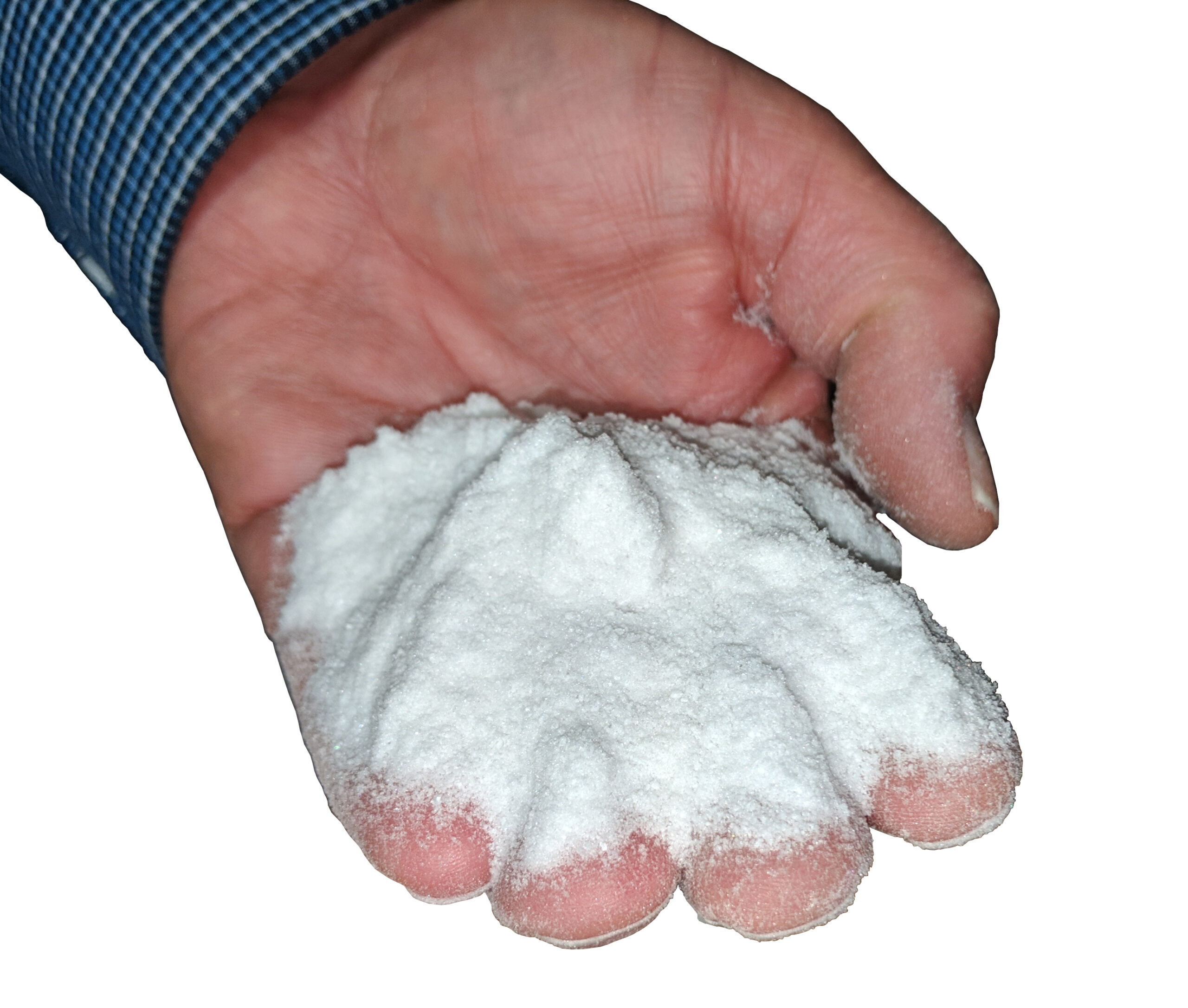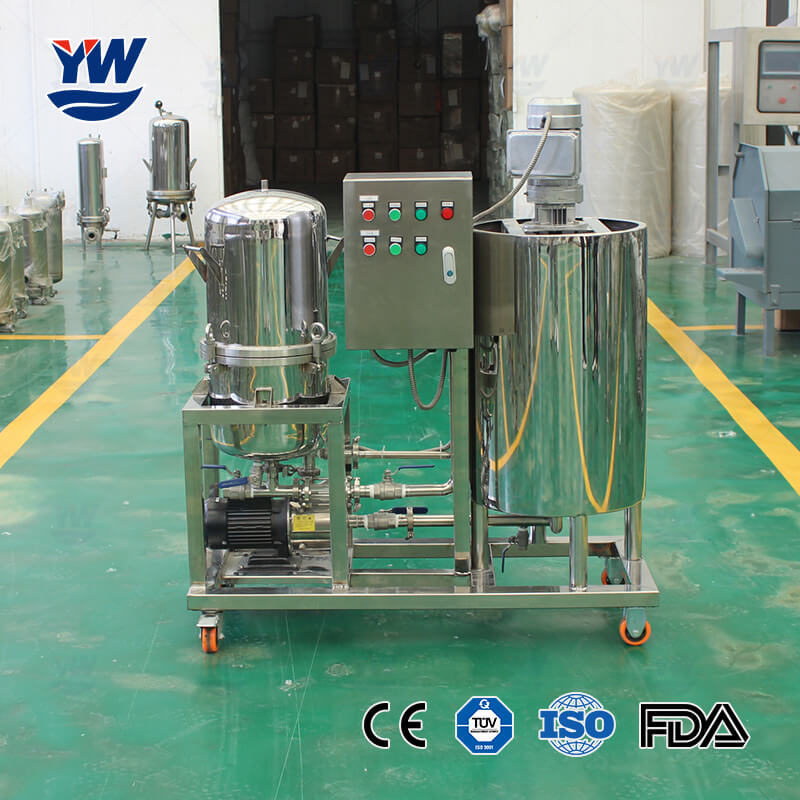The Role of Diatomaceous Earth Filtering in Industrial Water Treatment
The Role of Diatomaceous Earth Filtering in Industrial Water Treatment
Blog Article
Diatomaceous Planet Filtering: A Natural Service for Superior Water Filtration

Diatomaceous Earth (DE) filtering has actually arised as a compelling approach for boosting water purification, making use of the one-of-a-kind homes of fossilized diatoms. As problems over water quality escalate, comprehending the benefits and useful applications of DE filtering ends up being significantly pertinent.

What Is Diatomaceous Planet?
Diatomaceous planet (DE) is a naturally taking place, soft, stratified rock that is made up mainly of the fossilized remains of small water organisms called diatoms. These single-celled algae have an unique, silica-based cell wall that adds to the distinct buildings of DE. The rock is generally light and permeable, allowing it to absorb different compounds properly.

As a result of its high porosity and absorptive ability, DE serves many applications, including its usage in farming, pest control, and, especially, water filtration. The performance of diatomaceous earth in filtering system is attributed to its capacity to trap and eliminate contaminations from water, making it an increasingly prominent selection amongst those looking for all-natural purification options. Its environmentally friendly nature and adaptability even more enhance its allure across various industries.
How Diatomaceous Earth Filtering Functions
The special framework of diatomaceous planet (DE) allows it to operate as an effective purification medium in water purification systems (diatomaceous earth filtering). Composed of the fossilized remains of tiny, aquatic organisms referred to as diatoms, DE possesses a very absorbing and porous nature. This elaborate structure allows DE to trap pollutants and contaminants as water streams with it, properly eliminating particles as tiny as 1 micron
When water is travelled through a DE filter, the liquid runs into a network of microscopic pores that capture suspended solids, bacteria, and various other unwanted materials. The purification procedure occurs because of both mechanical and electrostatic interactions, where larger fragments are literally entraped within the DE's matrix, while smaller particles may abide by the surface as a result of charged interactions.
Additionally, DE can be used along with other purification approaches to improve general performance. As water remains to stream through the DE layer, it progressively becomes clearer and cleaner, showcasing the tool's capacity to enhance water high quality without the need for extreme chemicals. This natural purification process highlights diatomaceous planet's function as a sustainable and effective remedy for water purification.
Advantages of Diatomaceous Planet Filtering
Efficiency in water filtration is considerably enhanced via the use of diatomaceous planet (DE) filtering, supplying various advantages that make it a favored option for lots of applications. One of the main benefits of DE filtering is its capacity to eliminate a variety of contaminants, including tiny microorganisms, sediments, and also particular chemicals. This capability makes certain that the water detoxified via this approach is not only clean but also risk-free for consumption.
In addition, DE filters have a high flow rate, which permits quicker filtering compared to traditional approaches. This characteristic is particularly advantageous for massive procedures such as community water therapy plants or swimming pools. The usage of DE additionally reduces the requirement for severe chemical ingredients, promoting an extra eco-friendly technique to water filtration.
Moreover, DE filtering system systems are reasonably easy to preserve, requiring much less constant substitute than other filtration pop over to this site media. The natural beginning of diatomaceous earth adds to its sustainability, making it an eco-conscious selection. On the whole, the mix of performance, performance, and ecological advantages placements diatomaceous earth filtering system as a leading service in the world of water filtration.
Contrast With Typical Water Filters
When examining water filtration approaches, diatomaceous planet filtering stands out in contrast to standard water filters. Typical water filters, such as triggered carbon or ceramic filters, primarily concentrate on removing impurities through adsorption or physical obstacles. While these techniques are reliable for sure contaminations, they might not catch smaller fragments, bacteria, or infections as effectively as diatomaceous earth (DE) filters.
Diatomaceous earth filtering uses the distinct structure of diatomite, composed of microscopic, permeable fossilized algae. This enables DE filters to catch bits as little as 1 micron, offering remarkable purification capacities. In addition, DE filters can take care of bigger volumes of water without substantial pressure loss, making them appropriate for both domestic and industrial applications.
Furthermore, diatomaceous earth is a sustainable and all-natural material, positioning less ecological issues compared to some artificial filter media. In contrast, traditional filters usually require regular substitute and disposal, leading to raised waste.
Applications and Utilize Situations
Diatomaceous earth (DE) filtering system has a diverse array of applications throughout different sectors because of its reliable purification abilities. One of the most popular uses DE remains in the food and drink sector, where it serves as a filtration medium for beer, a glass of wine, and juice production. Its click over here now permeable structure successfully gets rid of pollutants, ensuring a clear and tasty end product.
In the world of swimming pool upkeep, DE filters are preferred for their capacity to catch penalty fragments, supplying superior water quality contrasted to standard sand filters. In addition, DE is utilized in metropolitan water treatment facilities, where it aids in the removal of put on hold solids, bacteria, and various other impurities, adding to safe alcohol consumption water.

Beyond water purification, diatomaceous planet finds applications in the agricultural market as an all-natural chemical and soil change, advertising much healthier crops while lowering chemical usage. Moreover, its absorptive residential properties make it helpful in different commercial processes, including oil spill clean-ups and as a filler in construction materials. Overall, the versatility of diatomaceous earth filtering positions it as a useful solution for enhancing water quality throughout several domain names.
Verdict
Diatomaceous planet filtering system stands for a lasting and reliable method for water purification. Its one-of-a-kind residential or commercial properties enable the capture of tiny contaminations without see here using harmful chemicals, thereby advertising ecological safety. The high flow rate and reduced upkeep demands additionally enhance its allure compared to traditional purification techniques. As awareness of water top quality problems expands, the fostering of diatomaceous earth filters in different applications is most likely to enhance, adding to improved public health and wellness and ecological conservation.
Diatomaceous Planet (DE) filtering system has actually emerged as a compelling method for enhancing water filtration, making use of the distinct residential or commercial properties of fossilized diatoms. As water proceeds to stream with the DE layer, it slowly ends up being more clear and cleaner, showcasing the medium's ability to boost water quality without the need for severe chemicals.Effectiveness in water filtration is considerably boosted via the use of diatomaceous earth (DE) filtering, providing various advantages that make it a recommended selection for several applications.When assessing water filtration methods, diatomaceous earth filtering system stands out in contrast to traditional water filters. Typical water filters, such as activated carbon or ceramic filters, primarily focus on getting rid of contaminants through adsorption or physical barriers.
Report this page